
Coming together during a pandemic to provide life-giving blood
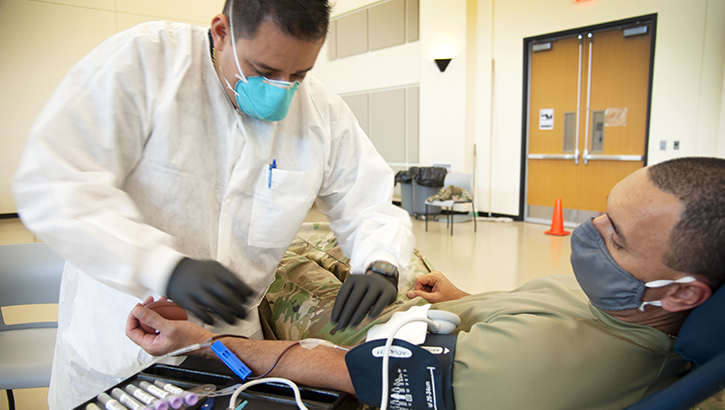
Captain Aaron Hew Len, assigned to Task Force Oahu’s COVID-19’s response team, donates blood during the Armed Services Blood Program drive held April 24, 2020, at the 29th Infantry Brigade Combat Readiness Center in Kalaeloa, Hawaii. The blood donated by activated guardsmen will be used by service members on the front line and homefront, and by their civilian counterparts. (U.S. Air National Guard photo by Master Sgt. Mysti Bicoy)
As the nation continues to battle the spread of COVID-19, the Armed Services Blood Program has instituted new safety measures and programs to ensure the warfighter will receive the blood products they need. When people think of donating blood, they probably envision whole blood, explained Army Col. Audra L. Taylor, ASBP division chief. But blood donations are also broken down to blood components, including plasma, platelets, and red blood cells. These blood products — including whole blood — are sent to combatant commands around the world, as well as to military treatment facilities. Blood products do expire, which makes the need for blood donors ever constant, Taylor added.
Service members are taking action by giving blood to support their brothers and sisters in arms during this worldwide pandemic. Donors include Army Sgt. Samantha Delgado, who recently reached the one-gallon donor milestone at the Lackland Blood Donor Center in Texas. As a universal blood-type donor, Delgado knows that her blood can go to anyone and has given it readily over her five years in the Army. “I feel as though it’s a civil duty for me to give as it’s the only blood type that can go to everyone,” she said.
Delgado is among thousands of service members throughout the country who are rolling up their sleeves to save lives by donating blood. From coast to coast and around the world, military communities are coming together to support a fit and ready force by coordinating and supporting local blood drives hosted by the ASBP. The ASBP is the official blood program for the Department of Defense, tasked with ensuring the Military Health System has blood products wherever and whenever needed.
In response to COVID-19, the ASBP has implemented additional safety measures at blood drives and centers to ensure a safe donation environment following recommended guidelines by the Centers for Disease Control and Prevention, as well as the Food and Drug Administration. Newly implemented procedures include staff wearing appropriate personal protective equipment, taking of a donor’s temperature before entering the collection area, keeping groupings of staff and donors to 10 or less, increasing cleaning products on site, and cleaning of all reused items such as pens.
“There is no known or reported risk to a donor at this time to contract COVID-19 during the donation process,” said Taylor, adding anyone interested in donating blood or organizing a local blood drive can contact the ASBP.
Due to social distancing and stay-at-home orders throughout the country, the ASBP has seen numerous blood drives cancelled and a significant decrease in donor turnout. Thanks to military communities coming together, the blood program has been able to meet the current demand for blood abroad and within military treatment facilities. However, the situation can change rapidly and the need for donations is critical to support present and future readiness.
Marine Lance Cpl. Mark Cody, 3rd Battalion, 7th Marine Regiment in Twentynine Palms, California, decided to donate at his local ASBP blood drive because he heard giving blood will support service members on the front lines. “I am simply donating blood because it’s the right thing to do,” said Cody. “When you have the chance to help the forward deployed units, you just do it. We have to have each other’s back and giving blood is one way to show we care for one another.”
MHS Beneficiaries Turn to Online Resources to Manage Personal Care During Pandemic
Article
6/12/2020
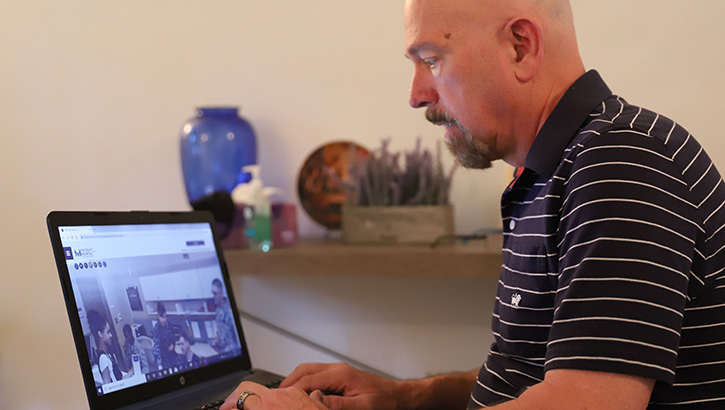
The TOL PP team added several COVID-19-related enhancements to the portal.
Air Force International Health Specialists bring experience to pandemic response
Article
6/12/2020
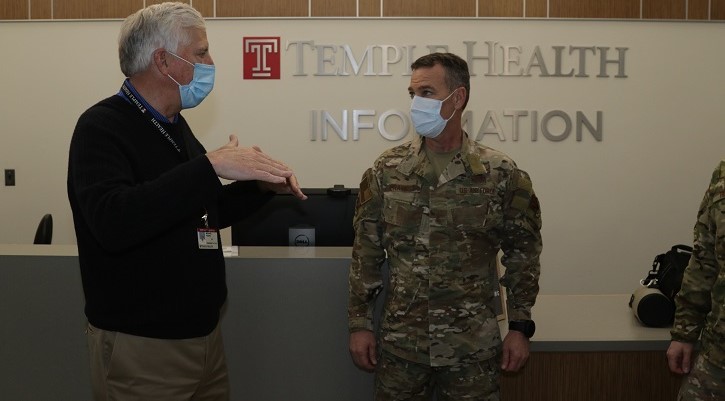
Stepping out of your comfort zone and being part of the larger DOD mission is crucial to grow as a military medic.
Time to Telework. How is it Working?
Article
6/11/2020
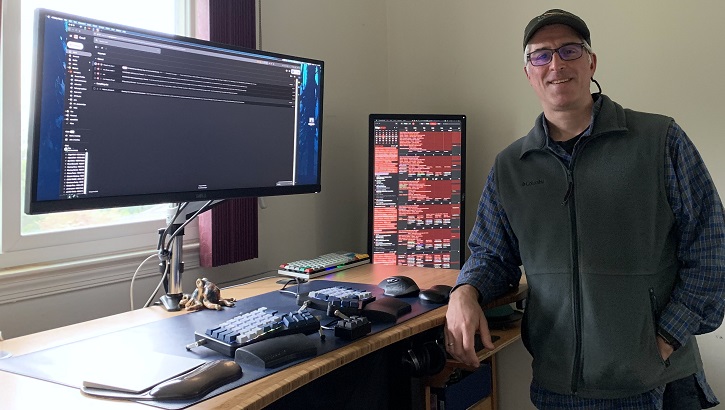
Whether young or old, a first-timer or seasoned teleworker, the experience has been insightful for all.
Air Force medical recruiting up while recruiters, applicants serve their communities
Article
6/10/2020
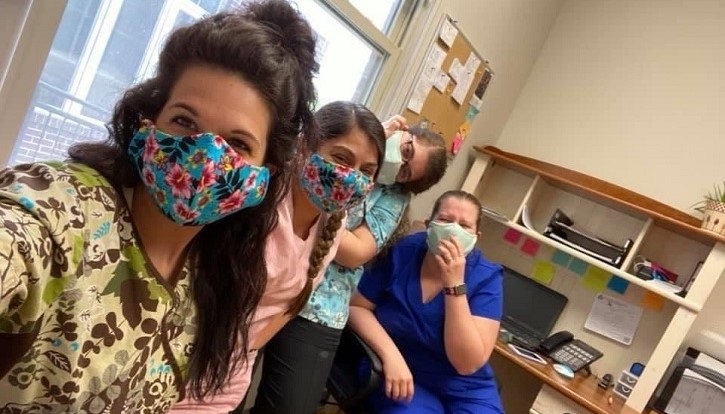
The pandemic is increasing unemployment rates, driving many people to seek career paths in health sciences and military medicine.
Searching for clues under the microscope to understand COVID-19
Article
6/10/2020

The Joint Pathology Center plays a unique role in the fight against COVID-19
A Determined Descendant and a Navy Hospital's Response to COVID-19
Article
6/9/2020
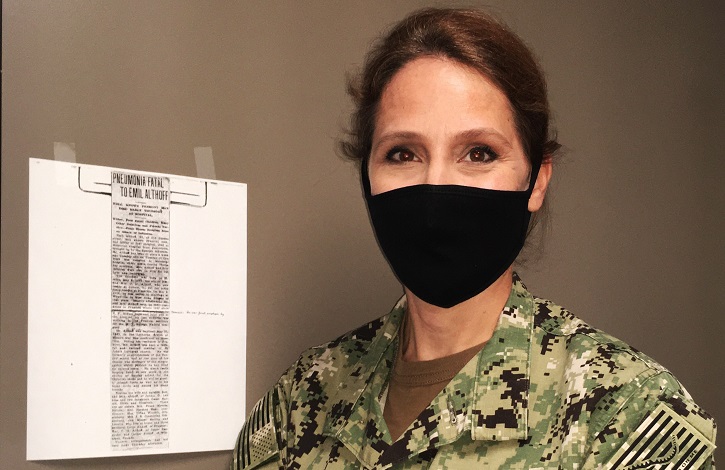
Althoff and her team at the Quality Management directorate serve as a locus of coordination for clinical support operations.
Genetic sequence data for SARS-CoV-2
Infographic
6/5/2020

Genetic sequence data for SARS-CoV-2, the virus that causes #COVID19, plays a vital role in force health protection efforts within the DoD. To jumpstart sequencing efforts, the Armed Forces Health Surveillance Branch's Global Emerging Infections Surveillance and Response applied a collaborative approach to sequencing capabilities. Resulting sequence data will provide critical information about transmission patterns, track diagnostic effectiveness, and guide the development and evaluation of medical countermeasures.
Putting talent to work
Article
6/5/2020
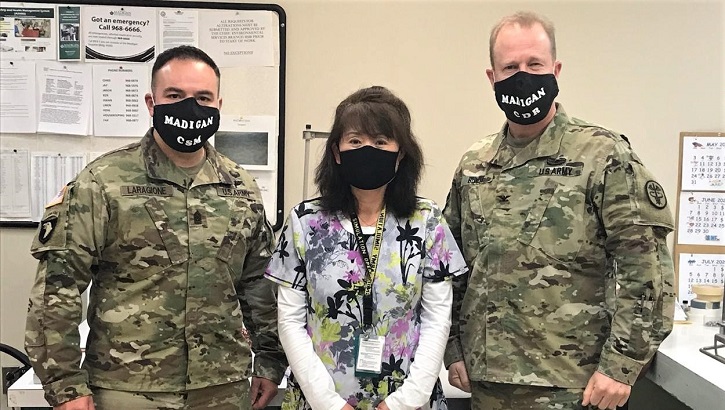
One seamstress took it upon herself to create face coverings for her colleagues.
DoD Establishes Collaborative Virus Genetic Sequencing Capability for COVID-19
Article
6/5/2020
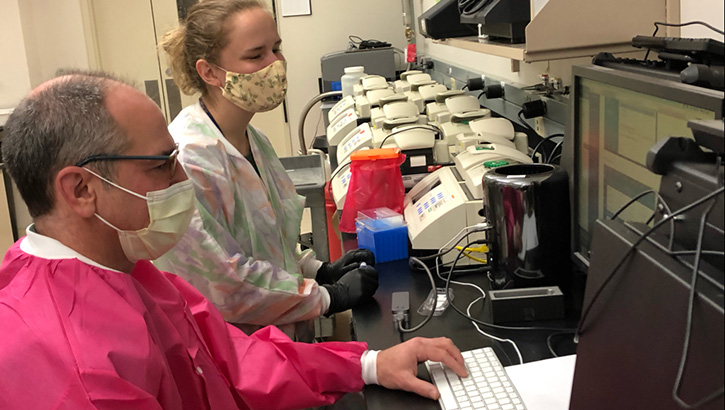
COVID-19 sequencing process will provide military commanders and other DoD leadership with critical information to guide force health protection decision-making.
Communication to ABA Providers Regarding Continued Temporary Authorization to Utilize Telehealth for CPT Code 97156 During the COVID-19 National Emergency
Publication
6/3/2020
TRICARE is announcing the continuation of the temporary exception to policy regarding the use of synchronous telehealth (TH) capabilities (both audio and video) for Applied Behavior Analysis (ABA) Family Adaptive Behavior Treatment Guidance services specifically during this COVID-19 pandemic.
WRNMMC Operates Drive-Up Immunization Clinic
Article
6/3/2020

Parents and others (are encouraged) to maintain their immunization health during COVID-19.
TRICARE Reserve Select (TRS) Health Plan Reinstatement During COVID-19 National Emergency
Fact Sheet
6/2/2020
Fact sheet explaining that explaining that TRICARE Reserve Select beneficiaries now have five months to reinstate terminated coverage after their last paid-through date before a 12-month lockout period will apply.
DOD COVID-19 Survivor Gives Shoutout to Doctors, Plasma Donors
Article
5/29/2020

Bright was the first person in the District of Columbia to receive convalescent plasma.
The 150th Security Forces Squadron supports NM COVID-19 response effort
Article
5/29/2020
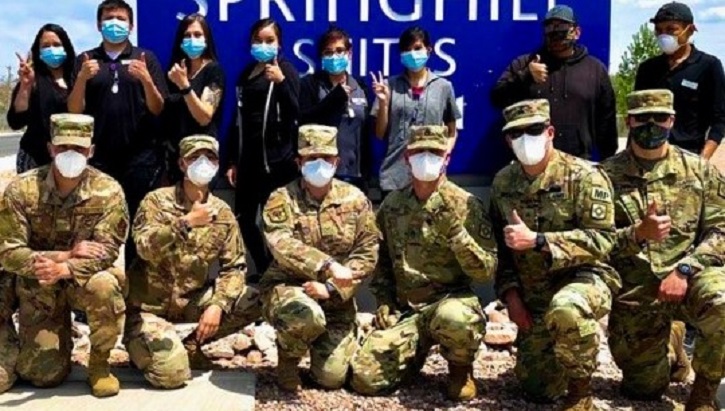
The 150th Security Forces Squadron and the New Mexico National Guard’s Joint Task Force COVID-19 are providing support that may not otherwise be available to New Mexico communities and their citizens.
Building Your Mental Health Through Resiliency
Article
5/29/2020
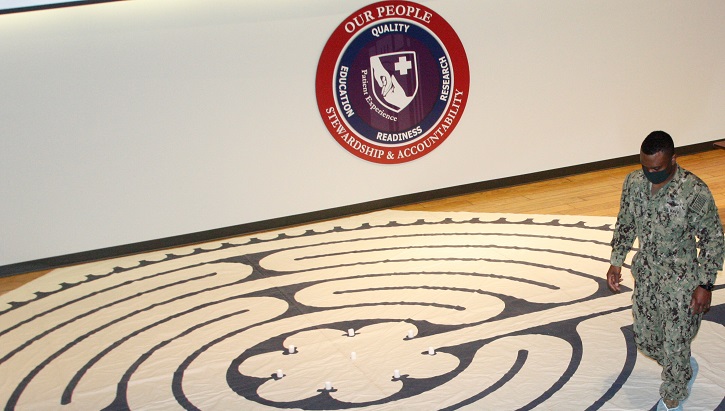
Being able to think about things from a different perspective is critical.






















.png)











No hay comentarios:
Publicar un comentario